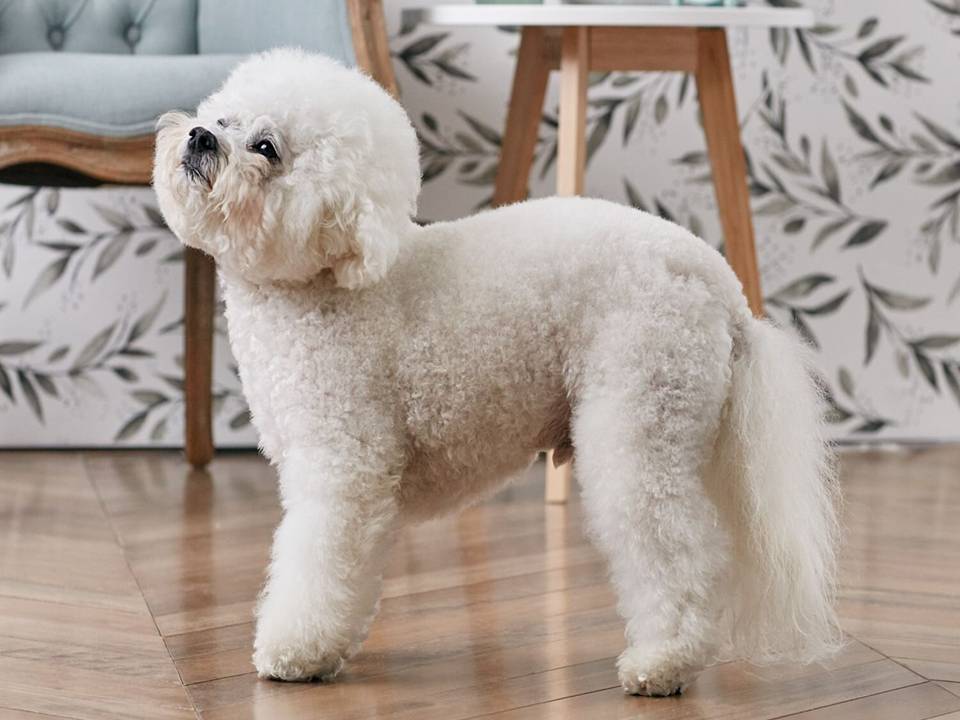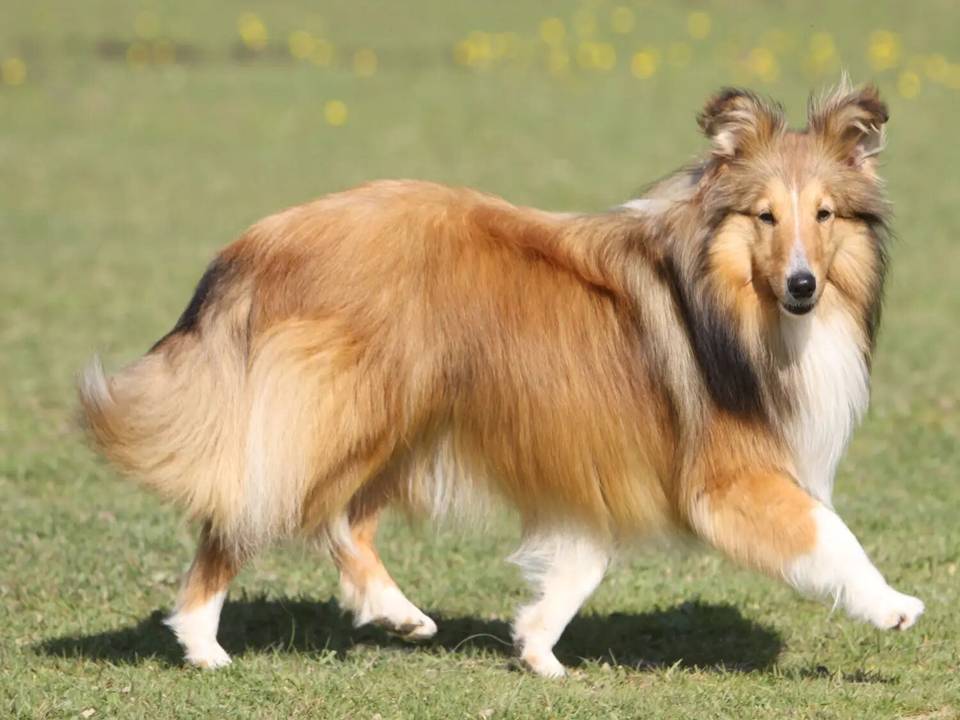Dogs with Extra Grooming Care
Extra grooming care is a necessity therefore dog ownership comes with a lot of joy and responsibility. While all dogs need basic care, some breeds require significantly more grooming attention than others. Whether it’s due to their coat type, shedding patterns, or other unique characteristics, extra grooming care is essential. Certain dogs demand regular grooming to stay healthy, comfortable, and presentable. This article will explore some of the most high-maintenance dog breeds when it comes to grooming, offering insight into their specific care needs and tips to manage them.
1. Poodle
Poodles are often synonymous with elegance, but maintaining their luxurious, curly coat takes significant effort. Whether it’s the Standard, Miniature, or Toy Poodle, all poodles share the same dense, water-resistant, and curly fur that requires regular grooming to prevent matting and tangles. Due to their unique coat, professional grooming every 4 to 6 weeks is recommended, along with regular brushing at home. Poodles also benefit from various haircuts, like the “puppy cut” or the more traditional “continental cut,” but each style requires maintenance to keep them looking their best. Additionally, their ears, which hang down close to their heads, are prone to infections, so routine ear cleaning is a must. Read More
1. Shih Tzu
The Shih Tzu is famous for its long, flowing coat, which can grow to floor length if not trimmed. The breed’s hair-like coat, rather than fur, continues to grow indefinitely, similar to human hair. To avoid matting, it requires daily brushing. Shih Tzus also benefit from frequent baths, and many owners opt for professional grooming every 4 to 6 weeks to keep their coats manageable.
Owners can choose to keep their Shih Tzu’s coat long or trimmed short into what’s commonly referred to as a “puppy cut.” Long-haired Shih Tzus require more daily Read More
3. Maltese
The Maltese is another small dog known for its beautiful, silky white coat. Like the Shih Tzu, the Maltese has hair rather than fur, which means it grows continuously and can easily mat if not brushed daily. Frequent baths and conditioning are necessary to keep their coat looking pristine and healthy.
Maltese dogs are particularly prone to tear staining around their eyes, which can discolour their otherwise white coat. Special attention to facial hygiene is required to reduce

4. Cocker Spaniel
Cocker Spaniels are recognized for their long, feathered ears and thick, wavy coat. The combination of their luxurious coat and floppy ears makes them prone to tangling and matting, especially in areas like their ears, armpits, and belly. Regular brushing (at least every other day) is essential, and professional grooming every 4 to 6 weeks will keep their coat trimmed and neat.
The long hair around the ears can trap moisture, which makes Cocker Spaniels more prone to ear infections. Owners should regularly check and clean their ears, and

5. Old English Sheepdog
Old English Sheepdogs are known for their thick, double coat that covers their entire body, including their eyes. While their shaggy appearance is adorable, their coat requires frequent grooming to prevent matting. Brushing several times a week is crucial to avoid tangles, particularly in areas where the fur is thicker, like their neck and hindquarters. Regular baths are also necessary to keep their coat clean, as their dense fur can trap dirt easily.
Their undercoat sheds seasonally, so extra brushing during shedding periods helps prevent mats and keeps their coat manageable. Professional grooming every 4 to 8 weeks helps keep their coat in good condition, and some owners opt for a shorter “puppy cut” to reduce the amount of maintenance required. some groomers recommend a shorter cut around the ears to help air circulation.

6. Bichon Frise
Bichon Frises are small, white dogs with a soft, curly coat that gives them their signature fluffy look. However, maintaining that coat is a full-time job. The Bichon’s coat doesn’t shed much, but it’s prone to matting and tangling if not brushed frequently (daily is ideal). Like Poodles, they benefit from professional grooming every 4 to 6 weeks to keep their coat neat and mat-free.
The Bichon’s coat is hypoallergenic, which makes them a popular choice for allergy sufferers, but that also means they need regular grooming to keep their coat healthy and maintain its texture. Their ears and eyes should also be checked frequently for signs of irritation or infection.

7. Afghan Hound
Afghan Hounds are known for their striking appearance and long, silky coat that requires significant upkeep. Daily brushing is necessary to prevent matting and tangling, especially since their hair tends to collect debris from the ground. Regular baths with conditioning treatments are important to maintain the smoothness and shine of their coat.
Afghan Hounds are best groomed by professionals who are familiar with the breed’s unique coat needs. Grooming appointments every 4 to 6 weeks are common to prevent their coat from becoming unmanageable. This breed is one of the most high-maintenance in terms of grooming, and potential owners should be prepared for the commitment it entails. Read More
8. Pekingese
The Pekingese is a small dog with a thick, double-layered coat. Their topcoat is long and coarse, while the undercoat is soft and prone to matting. Daily brushing is required to keep the coat free of tangles, and special attention should be given to areas like the chest, armpits, and behind the ears, where matting is more likely to occur.
Pekingese are also prone to eye and facial skin issues due to the folds around their face, so cleaning their face regularly is essential. Professional grooming every 6 to 8 weeks helps maintain the coat’s texture and health. Read More
9. Shetland Sheepdog
Shetland Sheepdogs, or Shelties, have a thick double coat that requires regular attention. Their dense undercoat sheds heavily twice a year, during which time extra brushing is needed to remove dead hair and prevent mats. Brushing several times a week, particularly during shedding season, helps keep their coat in good shape.
Shelties have a thick mane of hair around their neck, which can be prone to matting if not brushed regularly. While they don’t need professional grooming as frequently as some other breeds, an occasional trim and bath can help manage their thick coat.

Conclusion
Owning a dog with high grooming needs is a rewarding experience, but it requires a level of commitment that prospective owners should be prepared for. Regular grooming is not just about keeping a dog looking good—it’s essential for their health and well-being. Neglecting a dog’s grooming needs can lead to skin infections, matting, discomfort, and more. If you’re considering a breed that requires extra grooming, be ready to invest time and possibly money in regular grooming sessions, both at home and with a professional. However, with the right care, these beautiful breeds will continue to thrive and bring joy to their owners.






